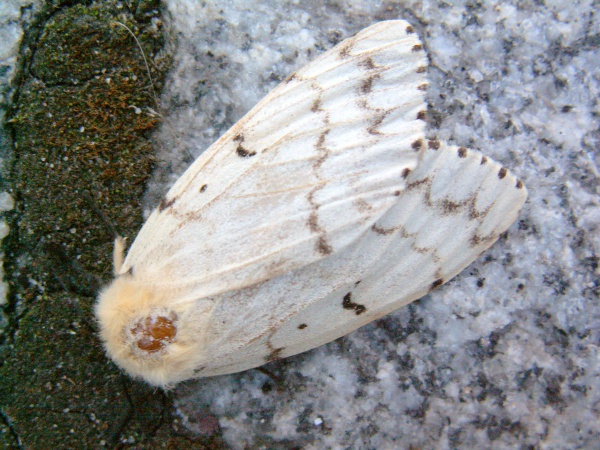Facts About Lymantria dispar dispar
The Lymantria dispar dispar, commonly known as the gypsy moth, European gypsy moth, or North American gypsy moth, belongs to the Erebidae family. Originally native to Eurasia, its range has expanded to include Europe, Africa, and North America. First described by Carl Linnaeus in 1758, its classification has undergone revisions due to taxonomic complexities, eventually being identified as a subspecies of Lymantria dispar.
This moth is infamous for its larvae, which voraciously consume the leaves of over 500 species of trees, shrubs, and plants. Consequently, it is one of the most destructive pests of hardwood trees in the eastern United States and ranks among the top 100 most damaging invasive species worldwide.
Over the years, the gypsy moth's classification has shifted among various families, including Lymantriidae, Noctuidae, and Erebidae. It is part of the order Lepidoptera, family Erebidae, and subfamily Lymantriinae. This reclassification reflects ongoing developments in taxonomic studies.
The gypsy moth undergoes a life cycle comprising eggs, larvae, pupae, and adults. The larvae are particularly problematic as they defoliate a wide variety of trees, disrupting forest ecosystems. Gypsy moth populations are influenced by several factors, including their feeding habits, predation by birds and mammals, and susceptibility to pathogens and parasites.
The gypsy moth's impact is profound, leading to extensive defoliation, economic losses, and adverse effects on forest-dwelling bird species. Additionally, the caterpillar's hairs can cause skin irritations similar to poison ivy in some individuals. Understanding the gypsy moth's life cycle, behavior, and impact is crucial for developing effective pest management strategies.

 Canada
Canada